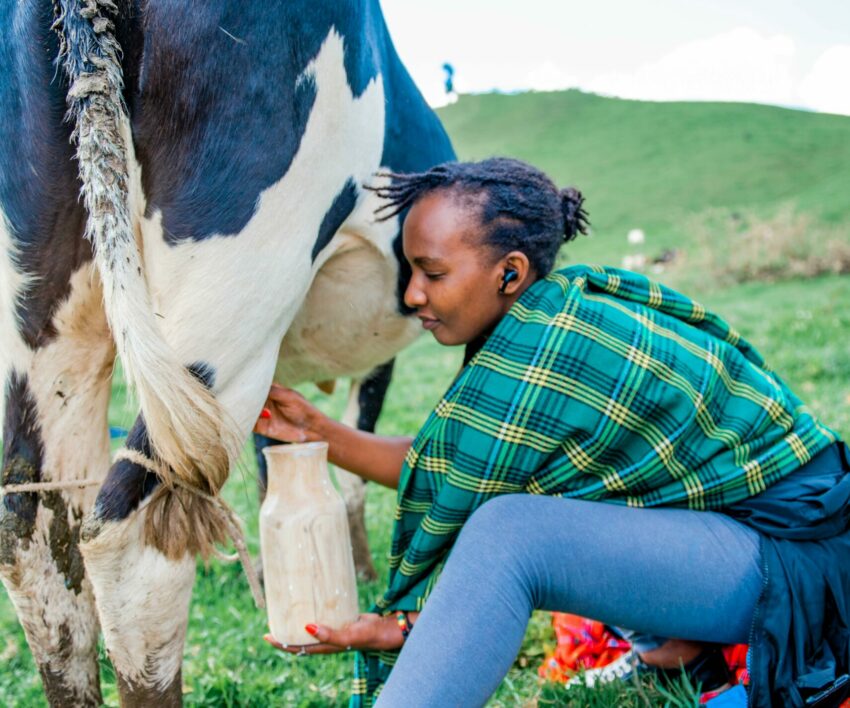
People often believe that when something is in its original form, it’s unblemished and therefore good. That might be true for some things but not for milk, at least not entirely.
Raw milk is milk that comes straight from animals, likely from cows, sheep, and goats. The UCLA Health publication defines it as milk that has not gone through the process of pasteurisation, which is where milk is heated at high temperatures to “kill bacteria and other microbes.”
According to Healthline, an online medical information and wellbeing publication, advocates for raw milk claim that it is healthier than pasteurised milk, with higher levels of amino acids, vitamins, minerals, and fatty acids. Additionally, they believe that people with asthma, autoimmune and allergy disorders, and lactose intolerance might benefit more from it.
However, health experts are against the idea of people consuming raw milk because of possible health issues that might arise. Although there are some benefits to consuming unpasteurised milk, there are dangers to it too. Here are some of the reasons why you shouldn’t drink milk straight from your livestock.
Raw milk may cause the following bacterial infections:
Escherichia coli (E. coli): The Cleveland Clinic states that a few strains of E. coli may cause vomiting, bloody diarrhoea, and excruciating cramping in the abdomen. Hemolytic uremic syndrome (HUS), a dangerous kidney disease, may result from it in some situations.
Salmonella: This bacterium can result in symptoms such as cramping in the abdomen, fever, and diarrhoea. In extreme situations, hospitalisation may be necessary, particularly for small children, the elderly, and people with compromised immune systems, claims the above clinic.
Listeria monocytogenes: This bacterium causes listeriosis, an infection that poses a particular risk to those with compromised immune systems, older adults, pregnant women, and newborns. According to Cleveland, this bacterium may cause stillbirth, early delivery, miscarriage, or infections that could be fatal for the unborn child.
If you have livestock and are a lover of organic material, make sure you are on the safe side by pasteurising your milk from your animal at home. This is how you can go about it, according to the My Health Alberta publication.
Make sure everything is clean and sterile.
- Clean your workspace and hands.
- To sterilise all containers and lids, bring them to a boil in water for a minimum of two minutes.
Warm up the milk.
- Fill the double boiler halfway with water by pouring it into the bottom.
- Less than sixteen cups of milk should be added to the top section of the double boiler.
- To slowly heat the milk, increase the burner’s temperature a little at a time.
- Check the milk’s temperature using the cooking thermometer. The thermometer should not rest on the boiler’s edges or bottom. As the milk heats up, stir it frequently.
Ensure the milk is at the proper temperature.
- For a minimum of half an hour, heat the milk to 63°C or 72°C for 15 seconds.
- You must begin timing again if the outside temperature drops below the one you are using.
Cool the milk
- For quick cooling, dip the top half of the double boiler in an ice water bath (being careful not to get any water in the milk).
- Stir the milk frequently until it drops to 20°C or below.
Also see: Redefining healthy eating with delicious, plant-based nutrition




